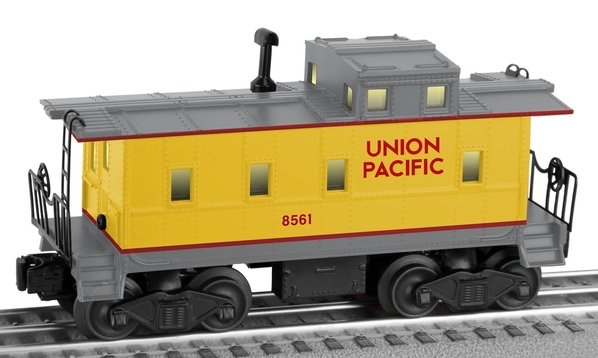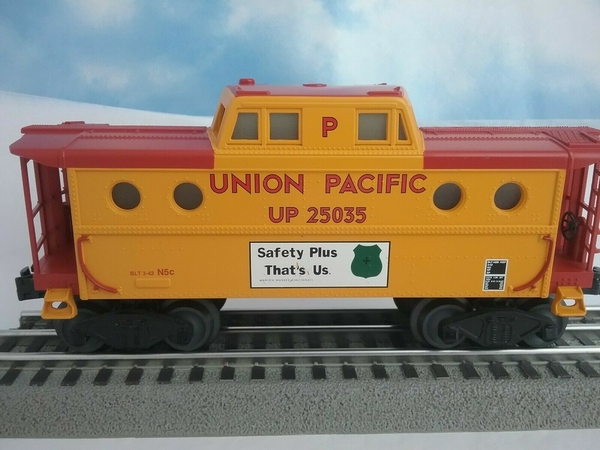Post 61 5/1/2020, (revised 10-23-2023)
Addition of a Wye to the Layout
No new tracks or major track changes have been made since I added a New Layout Addition board and control panel making an "L" Layout in 1988-89. I love reversing of the trains and engines and have a reversing oval and figure eight on the main board inside loop and a double reversing dog bone on the New Addition board on the outside loop and can serve the outside loop of Main Train Board also. I also have a turntable on the main board inside loop to turn around engines.
I now see that in the 1990's I noted on my "Train To Do List" to add a Wye to the layout. This was found after this current project shown here was complete. The installation of the Wye at that time would have made it more complicated to put down and take up the train boards from the floor it was on in those days. I have made a "Train To Do List" every year since 1980. It was necessary for me as my train layout was down on the floor for a month or two and many changes could not be made without access to under the train boards. So I needed a list to be made when the board was down so I would remember what needed to be done when the layout was in storage in the work shop. It is simply a piece of lined paper with ideas or things that need to be done on the layout or things I thought of finding at a train show or internet. I start a new list every year and check the items off when done often adding a date.
After studying the layout recently, I thought a Wye would be neat to have on the outside loop where the two train boards form an L.
The Wye would go where the green and yellow Lionel 3656 stock or cattle corral is in pictures below
The main problem was figuring out how to fit the two Wye additional Marx 1590 switches in. I spent time with two right hand switches (shown as black below) between the two outside loop straight sections near the two switches that let trains move from one board to the other.
The next challenge was when the switches were added, the two ends of the track on the switches would not line up to be joined with a small section of new track. I needed more distance between the two new Wye switches to allow them to line up, as there were other switches that could not be relocated to give more room. I gave up for a while but then figured if I cut about ¾ inch from one end of one switch and ¼ inch off the track rail ends of both switches near the new addition outside loop, they almost lined up. I decided to go for it and cut off pieces of the two switches. I unscrewed the track in the area and bent and pulled enough to get the two switches in place.
Picture of sawed off piece of switch on top of the switch, it was sawed with Dremel Moto Tool with fiber cutoff wheel
Playing with the straight track between the two switches I found a 1/2 section of straight track would almost fit and be only a little crooked. I then cut the ½ section in half and added it to a ¼ section of curved track and it all fitted fine.
I tested my largest loco with the most over hang on curves, a Williams BL2, and thankfully it negotiated the new Wye very well. I added an uncoupling and operating car track section in the Wye, on the main board outside track also.
The new switches, now painted grey, are shown in the middle below.
Another issue came up with the Wye instillation. The Wye occupies the space where the Lionel 3656 Cattle or Stock Corral was located. I wanted to keep the corral on the layout and came up with installing it on the inside loop of the main board, between the outside and inside loop track. This location is close to the main control panel which is a must as the cows often need help moving between the corral and cattle car. The 3656 corral platform was too wide to fit in this location between two main tracks, but that location is the only option.
The 3656 cattle corral on the right below is the normal size and butts up against the out side loop, seen as the bottom track below. The 3656 cattle corral on the left is the modified one, with 5/8 inch cut off, detailed in the next paragraph.
I found out the corral platform was 5/8 inches too wide to pass the BL2 loco and decided hack saw off 5/8 inches off the corral platform which was project in itself.
I J B Welded part of sawed off platform to fill in the gap in the platform that was left and added two bolts to allow the top and bottom of the platform to be separated for repairs (see below) . The cows have to be careful with their tails!
There was space next to the 3656 cattle corrals new location for a another Lionel 3462 milk platform. There is a milk platform on the new addition train board which is very popular with younger visitors so a second milk platform is a nice addition for the Main train board.
You can see on the picture below, the Wye and other switches can total 5 switches in a row if the train goes from the outside loop of the New train board to the inside loop of the Main layout board. You can also see the new uncoupling and operating car track section on the Wye near the cattle corral. Note: bottom switch not thrown in correct direction in picture below.
Later picture after road way has been painted over with grass
Picture of main control panel with two new mini push button switch control switches at the bottom. The two Wye Marx switches operate in tandem with both being controlled by one push button switch for each direction as they always will both have to be worked as a pair. Mini push buttons were added for the new uncoupling section (blue button in top of Y section) and the milk platform (located to the left of the track diagram with other accessories switches). Wires were run to install push buttons for the Y switches for the addition train board control panel but not the push buttons as this control panel orange transformer only can operate the addition train board.
Main Control Panel push button switches and Y diagram tape at the bottom of picture below
The Wye push switch buttons have been painted yellow to help identify more easily. The white, with blue top, mini push button switches are for Lionel Uncoupling or operating track sections for accessories like the cattle pen.
I am pleased with the new Wye and other changes. The Wye adds new routes and a reversing route to the outside track for both train boards. The Wye works easily going clockwise from either end but when going counter clockwise, a train must back into the Wye to turn the train around, just like the real train Wye's. Even long trains do not have a problem backing up through the 5 switch gauntlet. I wish I had figured out how to add a Wye on my layout years ago.
Picture below shows a long train navigating the 5 Marx switches in a row and the Wye going from the inside loop of the main train board to the loop on the new train board.
Operating trains on the outside loop is now more involved and requires more planning before throwing a switch as there are two more switch choices. The layout now has 31 Marx 1590 switches. Every model train layout should have a Wye.
Charlie








